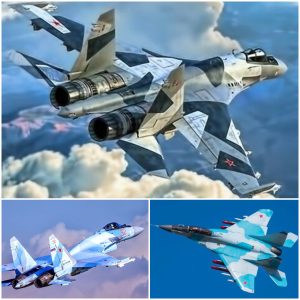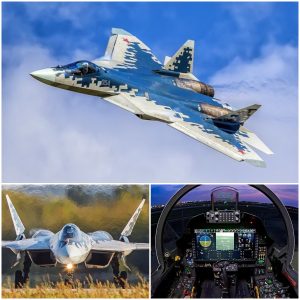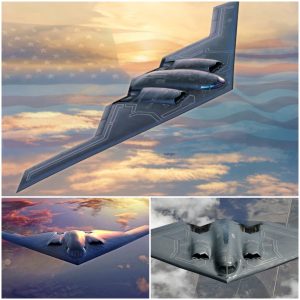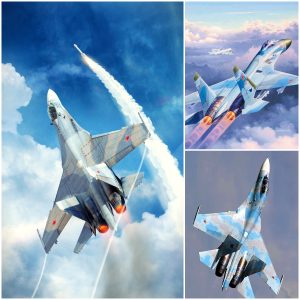The F-22 Raptor vs. F-35 Lightning II: A Dogfight Dilemma
In the high-stakes world of aerial combat, the debate rages on: which fighter jet would reign supreme in a dogfight, the F-22 Raptor or the F-35 Lightning II? While both aircraft are marvels of modern engineering, each designed with specific missions in mind, it’s the F-22 Raptor that holds a distinct advantage when it comes to agility and stealth, potentially tipping the scales in its favor in a close-quarters battle.
The F-22 Raptor, often hailed as the pinnacle of air superiority, boasts unparalleled maneuverability thanks to its thrust-vectoring nozzles and advanced aerodynamics. This agility allows it to outmaneuver adversaries with precision, evading incoming threats while positioning for a decisive strike. Furthermore, its stealth capabilities, including radar-absorbing materials and a carefully designed shape, render it exceptionally difficult for enemy radar to detect, giving it the element of surprise in combat situations.
On the other hand, the F-35 Lightning II, while a highly capable multirole fighter, is designed with a different set of priorities. Equipped with advanced sensors and avionics, the F-35 excels in gathering and disseminating battlefield information, conducting precision strikes, and providing close air support. Its stealth features also contribute to its survivability in contested airspace. However, in a dogfight scenario where agility and maneuverability are paramount, the F-35 may find itself at a disadvantage against the nimble F-22 Raptor.

In a hypothetical dogfight between these two formidable aircraft, the F-22’s agility and stealth edge would likely play a decisive role. With its ability to outmaneuver and outclass opponents in close-quarters combat, the F-22 would have the upper hand in dictating the pace and outcome of the engagement. By leveraging its superior aerodynamics and stealth features, the F-22 could effectively control the engagement, evading enemy fire while positioning for a lethal strike.
However, it’s essential to acknowledge that real-world combat scenarios are complex and multifaceted, often involving a combination of tactics, technology, and situational awareness. While the F-22 may hold advantages in certain aspects of aerial combat, the F-35’s versatility and capabilities in other mission profiles should not be underestimated.

In conclusion, in a dogfight scenario, the F-22 Raptor’s agility and stealth edge make it likely to outclass the F-35 Lightning II. However, both aircraft have their strengths and weaknesses, and success in aerial combat ultimately depends on a myriad of factors. Whether patrolling the skies or engaging in high-intensity combat, these cutting-edge fighter jets exemplify the pinnacle of modern aviation technology.





